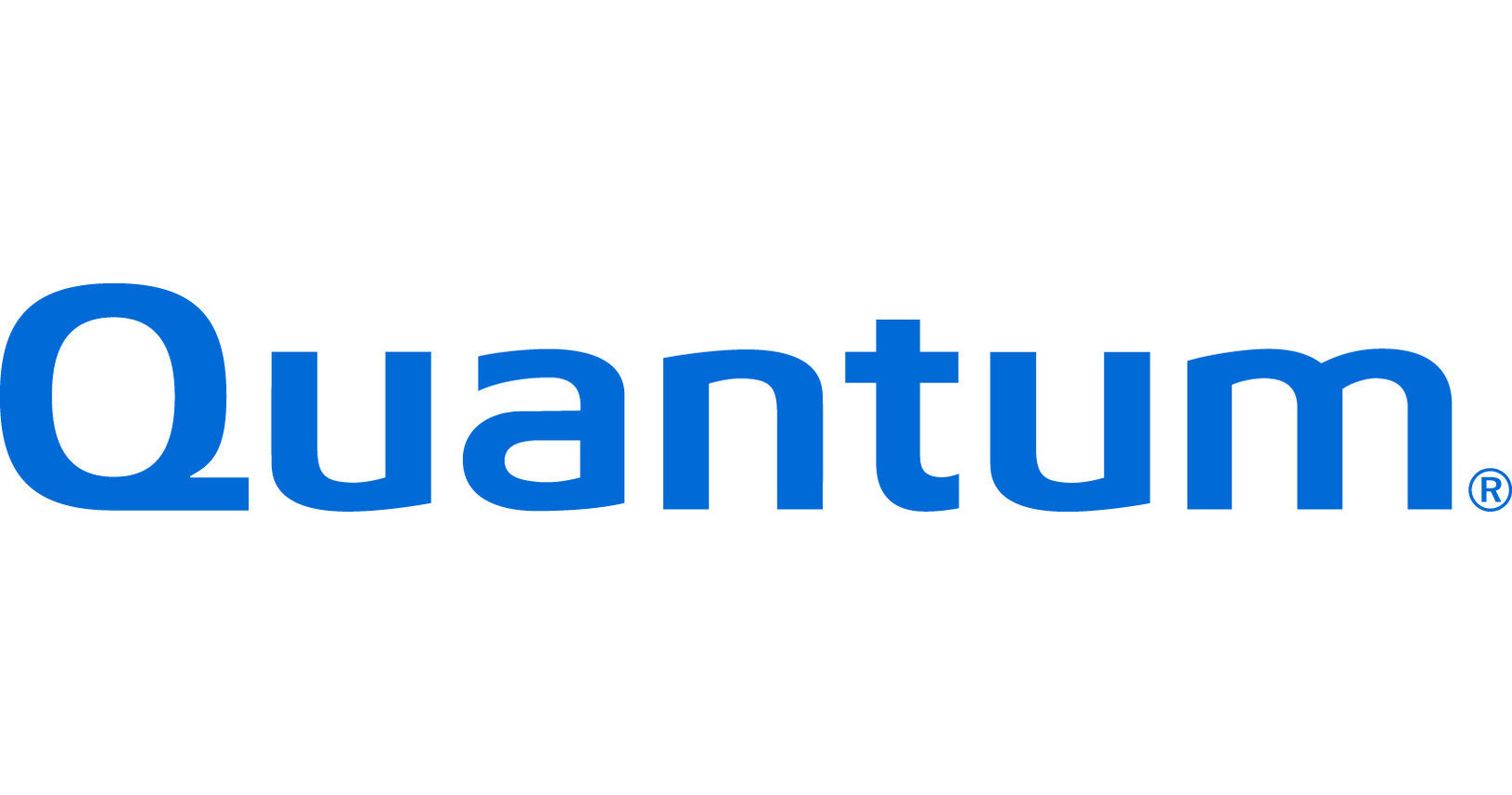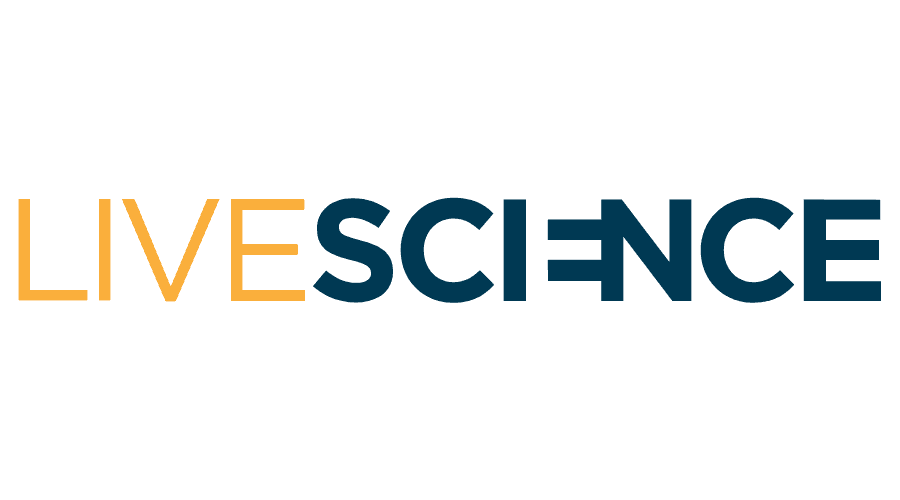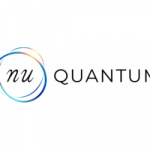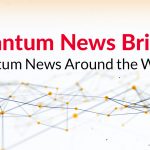Quantum News Briefs: January 30, 2024: ORCA Computing Leaps Forward in Quantum Computing Race with Acquisition; Nasdaq Accepts Quantum Corporations’s Plan to Regain Listing Compliance; Quantum material-based spintronic devices operate at ultra-low power; “Who needs qubits? Physicists make light-based ‘qumodes’ for quantum computing”; and MORE!

Quantum News Briefs: January 30, 2024:
ORCA Computing Leaps Forward in Quantum Computing Race with Acquisition
ORCA Computing, a leader in quantum computing, has significantly advanced its position in the industry with the acquisition of the Integrated Photonics Division of GXC, based in Austin, Texas. This division, renowned for its advanced photonics solutions for top U.S. commercial and government clients, including DARPA, enhances ORCA’s capabilities in quantum photonics. Following the successful deployment of four PT-1 quantum photonics systems in 2023, this strategic move allows ORCA to bypass extensive investment and research in traditional photonics materials. The acquisition includes GXC’s photonics-related assets, intellectual property, and technology, with the experienced Texas team merging with ORCA’s existing workforce. This integration is set to improve ORCA’s PT Series products and advance scalable, fault-tolerant quantum computing. ORCA’s growth trajectory includes leading a significant UK government grant project, providing PT Series units to high-profile clients, and embarking on various initiatives in sectors like Energy, Defense, and HPC. The acquisition, recognized as a key differentiator by industry experts, strengthens ORCA’s position as a provider of commercially viable and high-performance quantum systems, also enhancing scientific research and development collaborations, as noted by partners like the Poznan Supercomputing and Networking Center.
Richard Murray, CEO and Co-founder of ORCA Company, told Inside Quantum Technology: “This acquisition marks a major milestone for ORCA, propelling us forward in the Quantum race by bypassing years of investment and exploration in traditional integrated photonics materials. It also enables us to bring advanced photonic design in-house so we can continue providing our customers with the world’s best technologies. We’re excited to welcome our new team of leading integrated photonics specialists to ORCA. Their wealth of experience and expertise expands our knowledge and skill sets and significantly enhances our global presence.”
Nasdaq Accepts Quantum’s Plan to Regain Listing Compliance

Quantum Corporation, listed under Nasdaq as QMCO, has received approval from the Nasdaq Stock Market’s Listing Qualifications Department for its plan to regain compliance, initially submitted on January 16, 2024. This endorsement provides Quantum with an extended deadline, now set for May 7, 2024, to file its Form 10-Q for the fiscal quarter ending September 30, 2023. This development marks a significant step for the company in maintaining compliance with Nasdaq’s listing requirements, offering an extended timeframe to fulfill its reporting obligations.
Quantum material-based spintronic devices operate at ultra-low power

Integrating artificial intelligence technologies like Chat-GPT into various sectors highlights the growing importance of advanced semiconductor devices capable of processing vast amounts of data. In this realm, spin memory, known for its lower power consumption than conventional silicon semiconductors, is emerging as a promising next-generation technology. Researchers Dr. Jun Woo Choi from the Korea Institute of Science and Technology and Professor Se-Young Park from Soongsil University have made significant strides in this field. They demonstrated that ultra-low-power memory can be created using quantum materials in spintronic devices. These devices utilize a two-dimensional material heterostructure, enabling the control of electron spin information at remarkably low power levels. By applying a minimal voltage (around 5 V) to a device made of two-dimensional ferromagnetic and ferroelectric materials, the coercivity needed to alter the spin direction in the ferromagnet can be reduced by over 70%. This advancement, which involves voltage-induced changes in the spin properties of ferromagnets through alterations in the adjacent ferroelectric material, paves the way to develop ultra-low-power spin memory devices. Dr. Choi believes this technology will significantly bolster the competitive edge in the semiconductor industry, especially in the context of recent challenges.
In Other News: Nature article: “Who needs qubits? Physicists make light-based ‘qumodes’ for quantum computing”
Physicists have made a breakthrough in quantum computing by demonstrating the potential of ‘qumodes’ as an alternative to the traditional qubits, states a recent Nature news article. Qubits, the standard building blocks of quantum computers, are based on physical objects like electrons that exhibit binary properties. In contrast, qumodes, first proposed in 2001, operate on a continuum of properties, such as the brightness of a light pulse, offering more than just two discrete states. Shunya Konno and his team at the University of Tokyo successfully created qumodes by intricately modifying laser pulses, removing photons one by one and generating interference between pulse pairs. These qumodes can perform digital quantum computations and correct errors in those computations. This advancement suggests that qumode-based photonic quantum computers could potentially outpace qubit-based systems, requiring significantly fewer qumodes to perform algorithms that would need hundreds or thousands of qubits. Additionally, qumode-based systems might be easier to scale up and less susceptible to computational errors, presenting a promising direction for future quantum computing technologies.
In Other News: Live Science article: “How could this new type of room-temperature qubit usher in the next phase of quantum computing?”

A recent Live Science article highlights that scientists have significantly advanced in quantum computing by developing a qubit that can achieve quantum coherence at room temperature, a state previously attainable only near absolute zero. This novel qubit utilizes a pentacene-based chromophore within a metal-organic framework (MOF), which restricts the molecule’s movement, thus maintaining the entangled state of excited electrons. Traditional qubits encode information in electron spin states and require extremely low temperatures and are prone to decoherence due to disturbances. This new approach, detailed in a paper published on January 3 in Science Advances, uses singlet fission in chromophores to create superposition in qubits at much higher temperatures. The researchers achieved quantum coherence in electrons at room temperature for over 100 nanoseconds by exposing these chromophores to microwave pulses. Although scaling up and controlling interactions between multiple qubits remains challenging, this breakthrough is seen as a significant step towards more practical quantum computing, potentially avoiding the complex error correction required in current quantum systems.
Kenna Hughes-Castleberry is the Managing Editor at Inside Quantum Technology and the Science Communicator at JILA (a partnership between the University of Colorado Boulder and NIST). Her writing beats include deep tech, quantum computing, and AI. Her work has been featured in Scientific American, Discover Magazine, New Scientist, Ars Technica, and more.




















